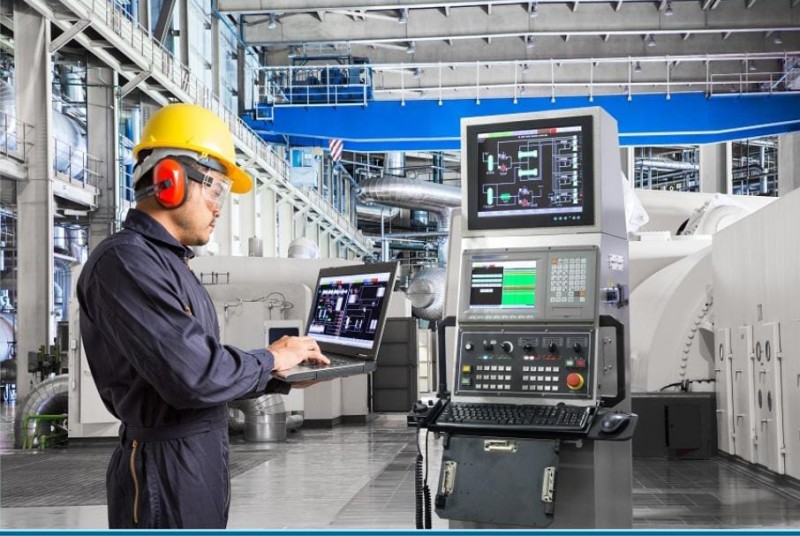In the world of industrial automation, the advancement and integration of certain technologies have been pivotal in driving efficiency, safety, and productivity. Among these, proximity sensors stand out as crucial components in the automation process. In this article, we'll delve into how proximity sensors have become indispensable to industrial automation, the leading proximity sensor brands that dominate the market, and the various applications they are tailored to.
Understanding Proximity Sensors in Automation
Proximity sensors are an essential part of automated systems, serving as the eyes and ears on the manufacturing floor. They detect the presence or absence of objects without physical contact, which allows for the precise control of industrial processes. These sensors come in various types, including inductive, capacitive, ultrasonic, and photoelectric, each suited for different environmental conditions and applications.
Leading Proximity Sensor Brands
When it comes to selecting a proximity sensor, brands play a significant role in ensuring quality and reliability. Leading brands in the proximity sensor market are known for their innovation and the durability of their products. Brands such as Siemens, Omron, and Schneider Electric are often at the forefront, providing a wide range of sensors that cater to a plethora of industrial needs.
Applications of Proximity Sensors in Industry
Proximity sensors have a wide range of applications within industrial automation. They are used in assembly lines for detecting the position of parts, ensuring that machinery operates smoothly and accurately. In packaging, they can verify the presence of items and enable the machinery to adapt to different sizes and shapes, thus enhancing the versatility of packaging processes.
Integration with Other Technologies
The true power of proximity sensors in industrial automation lies in their ability to be integrated with other technologies. For instance, when paired with machine vision systems, they can offer more nuanced data about the environment. The data collected by proximity sensors can also be fed into advanced analytics systems to further optimize processes.
The Role of Hall Effect Sensors Company in Industrial Automation
A Hall effect sensors company plays a unique role by providing sensors that are critical in detecting magnetic fields, which is invaluable in applications where precision is paramount. These sensors, a type of proximity sensor, are particularly useful in industrial automation for their robustness and accuracy in harsh environments.
Conclusion:
proximity sensors are vital to the ongoing evolution and efficiency of industrial automation. With a wide array of applications and the backing of prominent proximity sensor brands, they continue to push the boundaries of what is possible in manufacturing and production processes. Whether it's a Hall effect sensors company improving precision or an inductive sensor detecting metal objects, the impact of these sensors on industrial automation is undeniable and will continue to be a cornerstone of innovation in the field.
